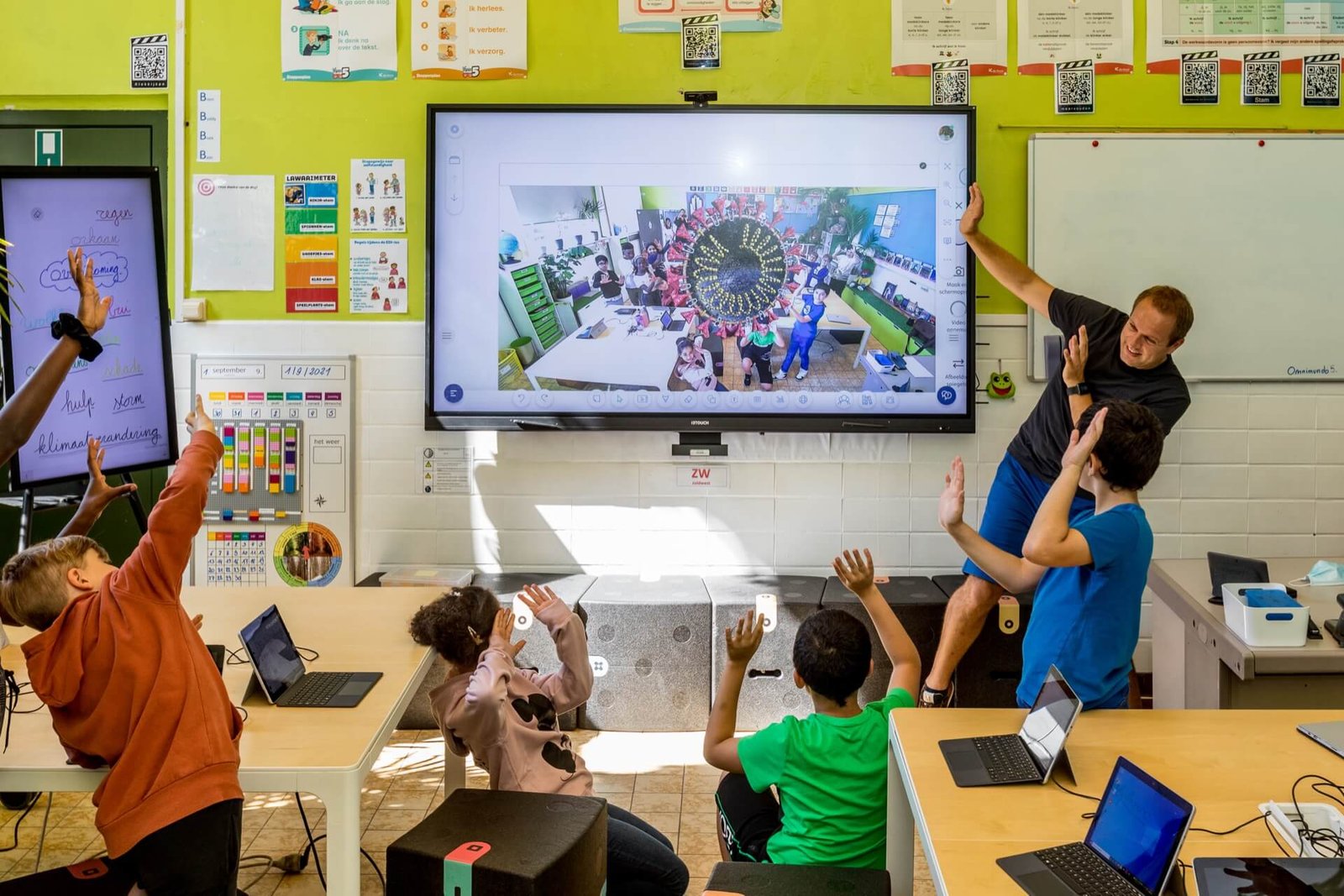In today’s digital age, technology has transformed the way educators teach and students learn. With a myriad of classroom technology tools available, teachers can enhance their lessons, increase student engagement, and improve learning outcomes. This article explores some of the most effective classroom technology tools that can make teaching more efficient and enjoyable.
1. Interactive Whiteboards
Interactive whiteboards (IWBs) have become a staple in modern classrooms. These digital boards allow teachers to display multimedia content, share lessons, and engage students in interactive activities. IWBs facilitate collaborative learning by enabling students to participate directly in lessons, making learning more engaging and dynamic.
Teachers can annotate content, save lessons, and share resources with students easily. By incorporating IWBs into their teaching, educators can create a more interactive environment that caters to various learning styles.
2. Learning Management Systems (LMS)
Learning Management Systems, such as Google Classroom, Canvas, and Moodle, provide a centralized platform for managing courses, assignments, and communication. These systems allow teachers to create, distribute, and grade assignments efficiently. Additionally, LMSs facilitate communication between teachers and students, fostering a collaborative learning environment.
With an LMS, teachers can track student progress, provide personalized feedback, and share resources with ease. This tool streamlines administrative tasks, allowing educators to focus more on instruction and student engagement.
3. Educational Apps
Numerous educational apps are available that cater to various subjects and grade levels. From language learning to math and science, apps like Kahoot!, Quizlet, and Duolingo provide interactive and engaging learning experiences. These tools often incorporate gamification elements, motivating students to participate actively.
Teachers can use these apps for quizzes, flashcards, and interactive lessons, making learning fun and enjoyable. By integrating educational apps into their teaching, educators can appeal to tech-savvy students and enhance retention.
4. Video Conferencing Tools
Video conferencing tools like Zoom, Microsoft Teams, and Google Meet have become essential, especially in remote and hybrid learning environments. These platforms enable teachers to conduct live classes, share screens, and facilitate discussions among students. Video conferencing also allows for guest speakers or virtual field trips, enriching the learning experience.Classroom technology tools for teachers
Teachers can record sessions for students who may have missed class, ensuring that everyone has access to the material. The ability to engage with students virtually fosters a sense of community, even when in-person interactions are limited.
5. Classroom Response Systems
Classroom response systems, often referred to as clickers or student response systems, enable teachers to gather real-time feedback from students. By using devices or apps like Poll Everywhere or Mentimeter, educators can create polls, quizzes, and surveys that students can respond to instantly.
This immediate feedback allows teachers to assess understanding and adjust their instruction accordingly. Moreover, classroom response systems encourage participation from all students, including those who may be hesitant to speak up in traditional settings.Classroom technology tools for teachers
6. Digital Collaboration Tools
Collaboration is crucial in today’s learning environment, and digital tools like Google Workspace (formerly G Suite), Microsoft 365, and Trello facilitate teamwork among students. These platforms allow students to work together on projects, share documents, and provide feedback in real time.
By using digital collaboration tools, teachers can promote cooperative learning and prepare students for the collaborative nature of the modern workplace. These tools also help students develop essential skills such as communication, organization, and time management.
7. Assessment and Grading Tools
Assessing student performance efficiently is vital for effective teaching. Tools like GradeCam and Edmodo streamline the grading process, allowing teachers to assess assignments quickly and provide timely feedback. These platforms often include analytics features that help educators track student progress over time.Classroom technology tools for teachers
Using assessment tools can reduce administrative burdens, enabling teachers to spend more time on instruction and less on paperwork. This efficiency can lead to a more focused and productive classroom environment.
Conclusion
Integrating technology into the classroom has the potential to transform teaching and enhance learning experiences for students. From interactive whiteboards and learning management systems to educational apps and digital collaboration tools, these resources can make a significant difference in educational outcomes. By embracing these classroom technology tools, teachers can create engaging, efficient, and collaborative learning environments that prepare students for success in an increasingly digital world.

